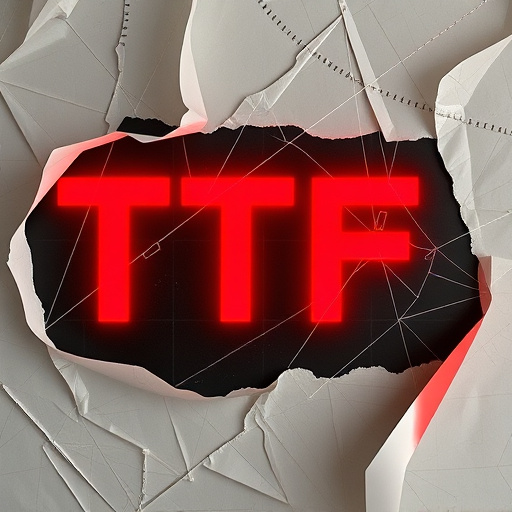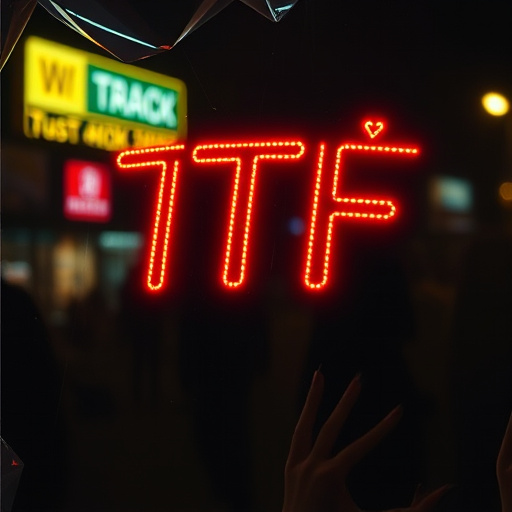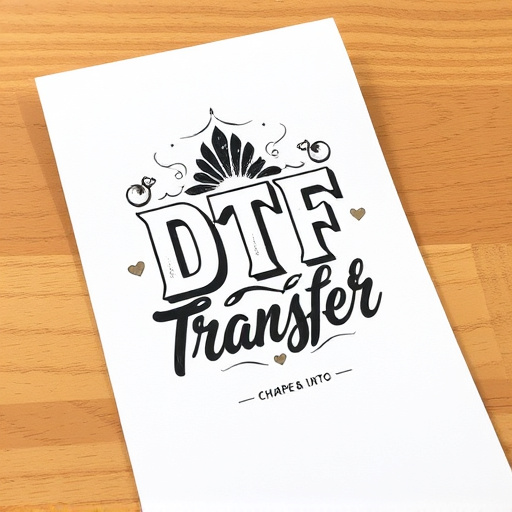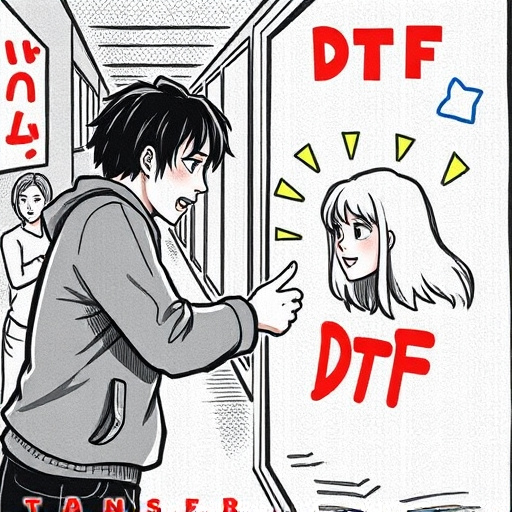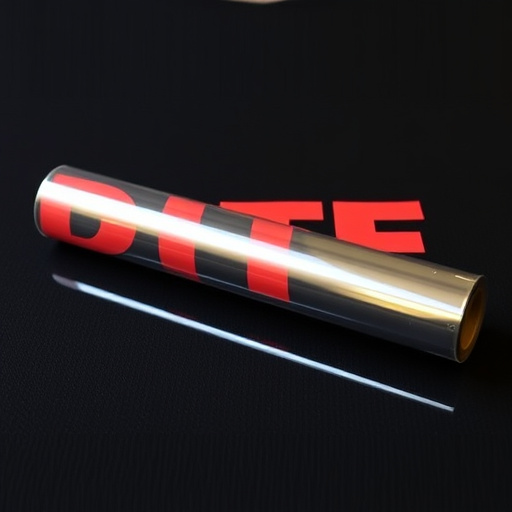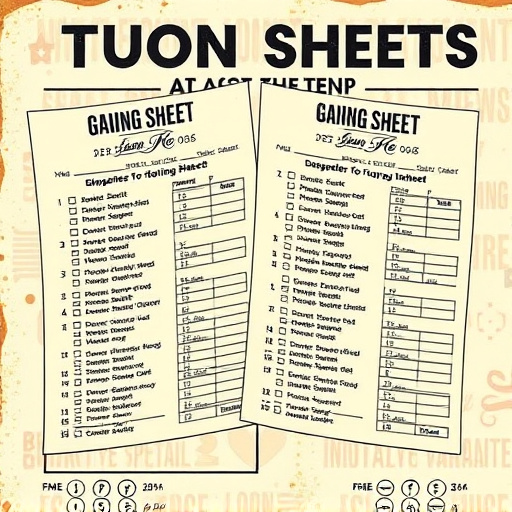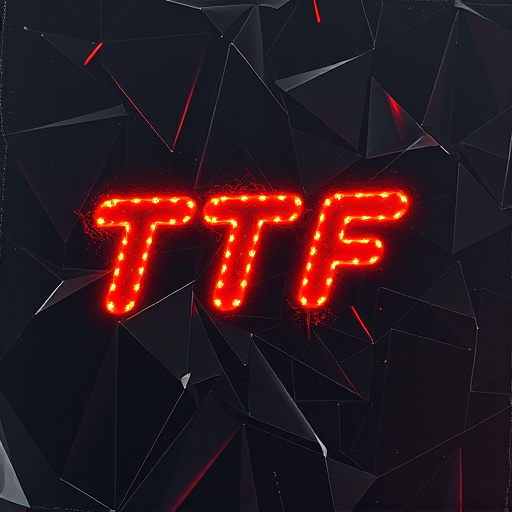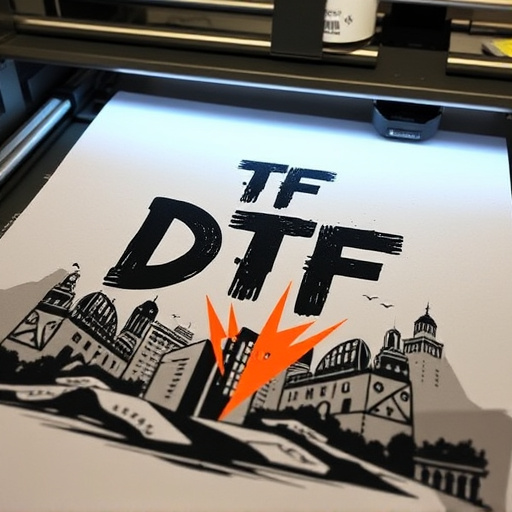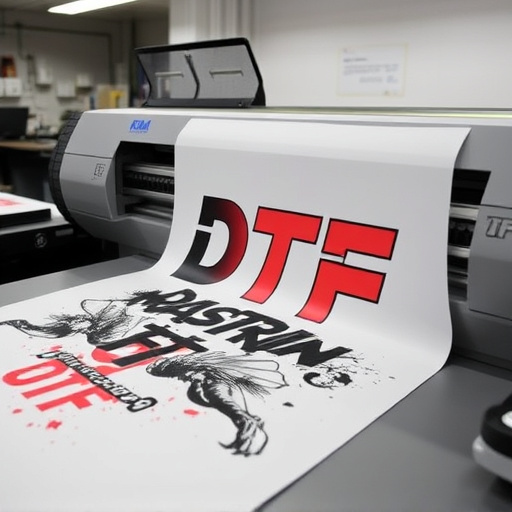DTF Transfers Ready to Press offers a cutting-edge printing method using UV light curing for vibrant, precise prints on various fabrics, democratizing custom printing for small businesses and individual designers. To master this process, beginners must optimize print speed, temperature, and pressure settings for each fabric type, while proper file preparation ensures high-quality results. The pressing process involves a meticulous sequence of steps, using high-quality materials to achieve vibrant, long-lasting prints. Custom orders can leverage gang sheets for precise control, streamlining production and creating distinctive, one-of-a-kind pieces.
“Unleash your creativity with Designing for DTF Transfers Ready to Press Success. This comprehensive guide explores the intricacies of Direct to Garment (DTF) transfers, from understanding the process for beginners to mastering the pressing technique for high-quality prints. Learn how to prepare your designs optimally for seamless integration and vibrant, long-lasting results. Whether you’re a seasoned designer or just starting, these insights will ensure your DTF Transfers Ready to Press projects achieve exceptional success.”
- Understanding DTF Transfers: A Beginner's Guide
- Preparing Your Design for Optimal Transfer Results
- Mastering the Pressing Process: Ensuring High-Quality Prints
Understanding DTF Transfers: A Beginner's Guide
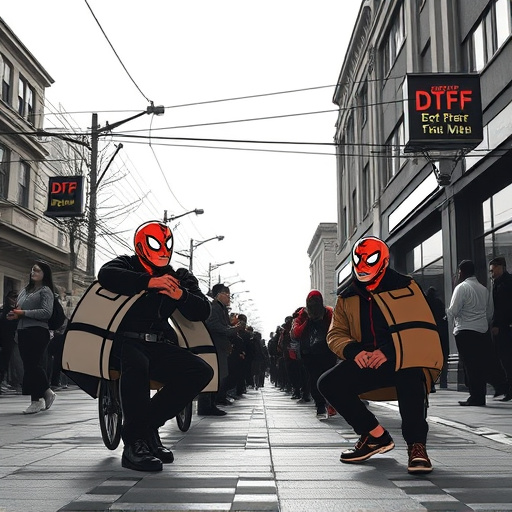
Designing for DTF (Direct-to-Fabric) Transfers Ready to Press requires a basic understanding of this digital printing method. DTF is a cutting-edge process that allows for precise, vibrant prints on a variety of fabrics. Unlike traditional heat transfers, DTF inks are cured with UV light, resulting in sharp details and rich colors. This technology has democratized custom printing, making it accessible to small businesses and individual designers who want to create high-quality dtf transfers for their products.
For beginners, setting the right dtf heat press settings is crucial. Factors like print speed, temperature, and pressure must be optimized for each fabric type to achieve flawless results. While the learning curve might seem steep, mastering these basics will enable you to produce stunning, long-lasting designs with ease. The versatility of DTF transfers allows for everything from custom t-shirts to home decor items, catering to a wide range of orders, even those for small batches.
Preparing Your Design for Optimal Transfer Results
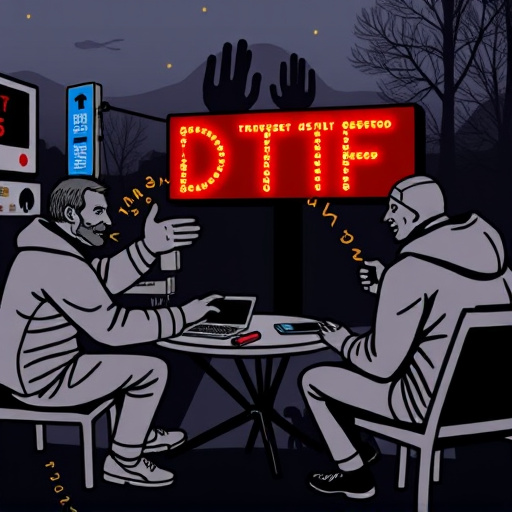
To achieve optimal results with DTF Transfers Ready to Press, careful design preparation is paramount. Start by ensuring your design is in a compatible file format, such as PDF or EPS, and has a minimum resolution of 300 DPI for crisp detail. Remove any unnecessary elements or blemishes that might affect the transfer process, as these can lead to inconsistent application during the dtf heat press settings.
Focus on the final output’s intended use; if it’s for fabric, ensure there are no transparent areas or objects too close to the edge, as these can result in poor adhesion when following the dtf application instructions. Simplify intricate designs where possible and check for potential issues like overlapping elements or hidden artifacts that could complicate the transfer process. Proper file preparation enhances the overall quality of the final product, making it easier to achieve a seamless and professional finish.
Mastering the Pressing Process: Ensuring High-Quality Prints

Mastering the pressing process is paramount for achieving exceptional quality in DTF Transfers Ready to Press. It involves a meticulous sequence of steps, from preparing the printing plate to applying precise pressure and heat during the transfer. Each stage demands attention to detail; using high-quality materials and adhering to specific guidelines ensures vibrant, long-lasting prints. The art lies in balancing factors like ink type, substrate selection, and pressing time for optimal results.
For DTF custom orders and direct to film transfers, uploading your own gang sheet allows for precise control over the printing process. This method streamlines production, catering to unique design requirements. By combining expert technique with personalized input, you can produce not just high-quality prints, but also distinctive, one-of-a-kind pieces that stand out.
Designing for DTF (Direct to Fabric) transfers ready to press is a game-changer for creating high-quality, vibrant prints on a variety of materials. By understanding the process, preparing your design optimally, and mastering the pressing technique, you can achieve exceptional results every time. With these tips in mind, get ready to revolutionize your printing journey and deliver stunning DTF transfers.

